CHAPTER 6: Natural Control Mechanisms in the Ecosystem
In previous chapters, we explored how vegetation utilizes photosynthesis to absorb energy from the sun, subsequently making it accessible to plants and animals, thus ensuring their existence. An optimal amount of biomass is generated at each trophic level to maintain a dynamic balance of organisms.
We have also observed how the circulation of elements in the ecosystem consistently promotes growth to prevent stagnation. Nature maintains a delicate balance between growth and decay. For instance, trees in a forest perpetually grow, yet the total biomass of the forest remains constant. This chapter will delve into the control mechanisms, that serve as checks and balances, within ecological systems to ensure that equilibrium is sustained. Ecosystems require just the right amount of non-living (abiotic) elements like sunlight and water, along with the appropriate balance of species diversity (biotic communities) to maintain equilibrium. Excessive or insufficient numbers of a particular species can lead to population crashes, which in turn can have devastating effects on ecosystems as a whole.

Figure 6.1: Decreasing energy available to the next trophic level

Figure 6.2: Once the ‘tipping point’ has been exceeded, it is impossible to regain balance
In the natural world, there exists an intricate interconnectedness where everything is inherently linked to its surroundings. Nothing operates or exists in isolation; the moment something becomes disconnected from other elements, its ability to function diminishes. Consequently, any impact on one element inevitably sends ripples throughout the entire system, affecting all other connected elements, either directly or indirectly. For instance, if soil is damaged or removed from an area as a result of erosion, the biological life within it will degrade, ultimately impacting even
Ecosystems, however, possess the capacity to adapt to such changes, enabling them to resist collapse. In Chapter 3 (Figure 3.3), we likened this phenomenon to a “Tumbling Tower” game, where each player in a circle has the opportunity to remove a single block from a stack. Eventually, the once stable tower succumbs and topples over. Nature inherently maintains a stability that shields it from external interference. This quality is known as the resilience of an ecosystem. However, when this resilience is pushed too far, collapse becomes inevitable, and the ecosystem cannot recover. Picture yourself sitting on a chair and leaning backwards. As long as your weight remains centered, you maintain balance and remain upright. Yet, once you surpass the tipping point, balance is lost, and you fall backwards. This critical threshold is referred to as the “tipping point.”
For ecosystems to remain sustainable, it is crucial for them to maintain a delicate balance. Once this equilibrium is disrupted, the entire system risks collapse. When small amounts of sewage is introduced into a body of water, the natural purification processes of the water and its living organisms are able to absorb it.
However, there will be a tipping point reached when the volume of sewage increases, as excessive stress will lead to the inability of fish, insects, and plant life to survive.
Similarly, when the minimum population of cheetahs in an area is reached, the species faces extinction due to the detrimental effects of inbreeding. The loss of one species can have a cascading effect on others organisms in the ecosysyem that depend on it.
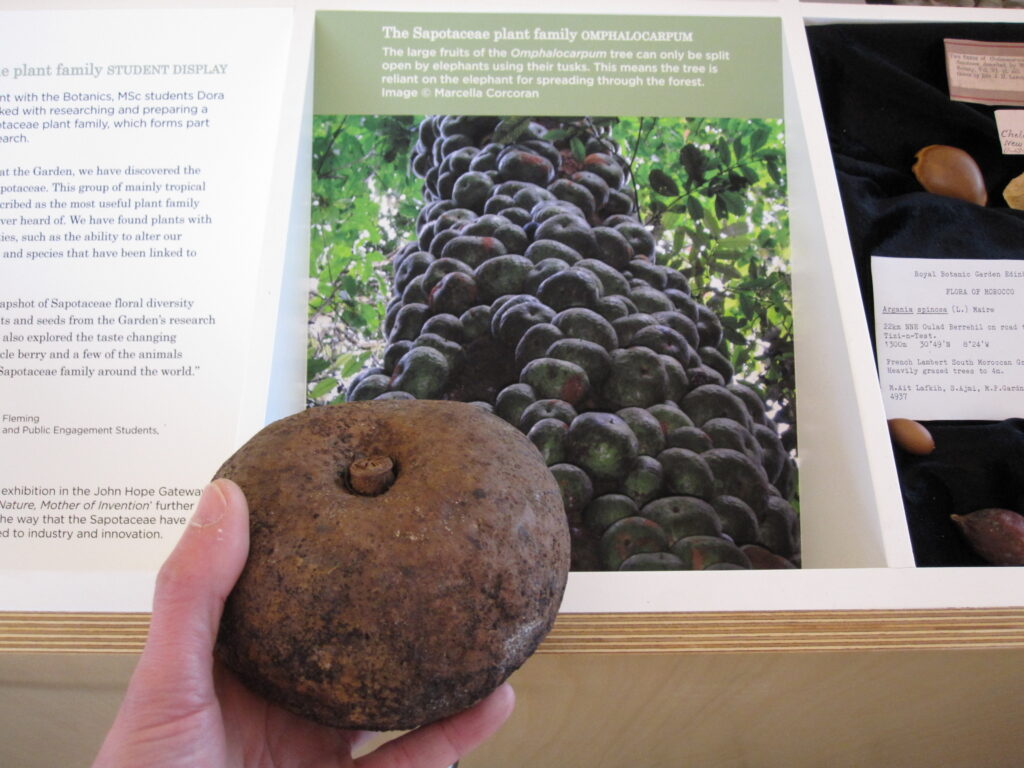
Figure 6.3: An example of the seed of the “Dodo Tree”. I can only germinate after passing through the digestive system of the now-extinct, Dodo bird.
Another example is the ‘Dodo tree’ (Calvaria major) of Madagascar. It relies on the abrasive gut of large animals to germinate its seeds. Due to the extinction of the large Dodo bird, which was the only animal capable of swallowing its seeds, this tree is now also on the brink of disappearance
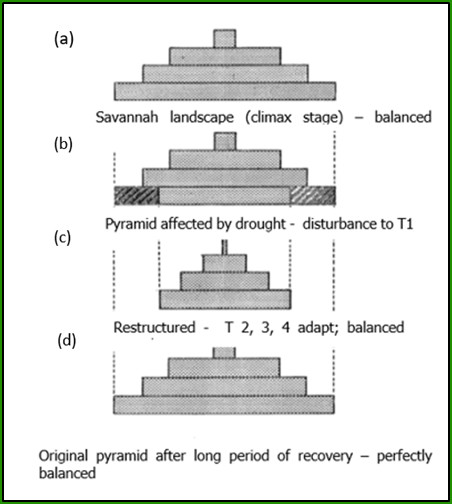
Figure 6.4: Trophic level changes due to environmental stress factors
This balance, however, is dynamic. Let’s consider a Savanna ecosystem in a state of perfect balance among all trophic levels, referred to as a climax state (see Fig. 6.4). If the vegetation at T1 diminishes due to factors like drought or an overpopulation of rabbits surpassing the veldt’s carrying capacity, their food supply will dwindle, leading to the death of many rabbits.
This event sets off a chain reaction throughout the ecosystem. Secondary consumers (T3), such as foxes, which rely on rabbits as a part of their diet, will also decrease, as will tertiary consumers (T4), like lions or eagles, which prey on the foxes. With reduced pressure from T4 (top carnivores), T3 (carnivores), and T2 (herbivores) due to lower numbers, the vegetation at level T1 can recover, allowing T2 to increase once more. This domino effect continues with T3 and T4 until the original balance is restored.
If an environmental crisis such as a drought or fire impacts parts of the ecosystem, the same process will unfold. Therefore, there are dynamic pulsating processes that maintain balance across all trophic levels. These patterns observed in populations of organisms are applicable across all ecosystems. Typically, there are usually substantial numbers of producers and fewer tertiary consumers.
Any imbalance in the population levels at any trophic level can lead to severe repercussions. Exotic species have a tendency to dominate natural ecosystems due to the absence of native predators or organisms to regulate their populations. Excessive invasion of exotic species into an ecosystem can consequently disturb the delicate balance within the system. Hence, to maintain the sustainability of an ecosystem, it is imperative that all organisms are functionally interconnected.
One method to ensure the survival of species is for individuals to produce offspring exceeding a minimum of two. However, if this rate of population growth persists unchecked, it could lead to an imbalance where individuals proliferate at the expense of the broader ecosystem. To avoid such scenarios of unchecked population growth, it is crucial to restore equilibrium, often referred to as homeostasis. Achieving such balance necessitates the operation of various control mechanisms driven by ecosystem feedback. Positive (unrestrained one-directional) feedback will encourage behavior to continue indefinitely. For instance, a population explosion in a community, such as rabbits, may be characterized by runaway births as long as sufficient food is available.
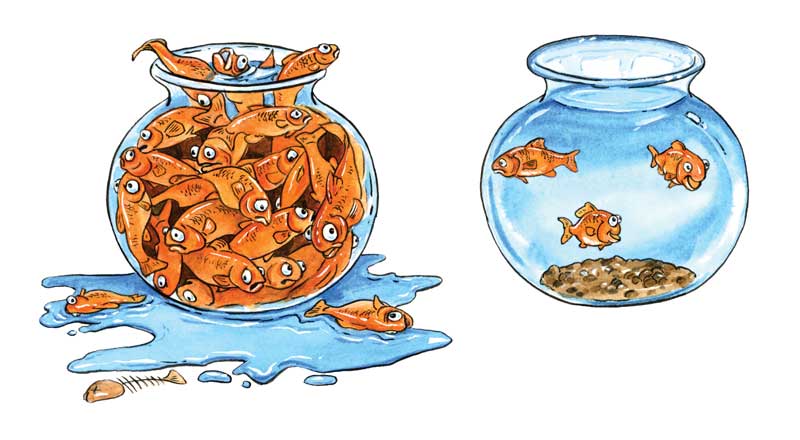
Figure 6.5: Un-checked population growth (positive feedback) can be catastrophic to ecosystems
This scenario can also occur when food is artificially provided to a herd of elephants. Consequently, the vegetation in the community will soon undergo stress. Under natural conditions, the process of negative feedback will impede this growth trajectory, leading the system to return to a balanced state, as it consistently penalizes the increasing (positive growth) effect. Consequently, there will be a reduction in numbers, possibly due to famine, to restore the number of individuals to a stable equilibrium.
Homeostasis thus emerges as a self-regulating process through which ecosystems strive to maintain stability while adapting to conditions optimal for long-term survival. If homeostasis succeeds, life persists; if it fails, death follows. The concept of ‘dynamic equilibrium’ is frequently employed to depict the continual changes occurring within certain limits. Through this mechanism, stability is achieved, and relatively uniform conditions prevail.
The ability of organisms to thrive within an ecosystem hinges on three key factors:
- * The abundance of resources present in the ecosystem.
- * The size of the population or community.
- * The rate at which resources are consumed by each individual within the community.

Figure 6.6: Once environmental impacts like deforestation of indigenous tropical forests, exceed the threshold of an ecosystem the regenerative capacity to recover could be lost forever.
If we remove natural animals to introduce domesticated cattle, we must also ensure a balance between the number of cattle and available fodder. Vegetation plays the most crucial role in determining the carrying capacity of a piece of land. Carrying capacity measures the biotic components the environment can accommodate without degradation. As long as the animal community produces offspring just enough to survive within the ever-circulating plant community (through seed dispersal, germination, and growth), animal numbers will thrive and compete healthily with other species in the community.
Consequently, as limiting factors develop within a community or population, such as a lack of food or shelter for animals, and space and sunlight for plants, competition among and between species for the same resources will ensue.
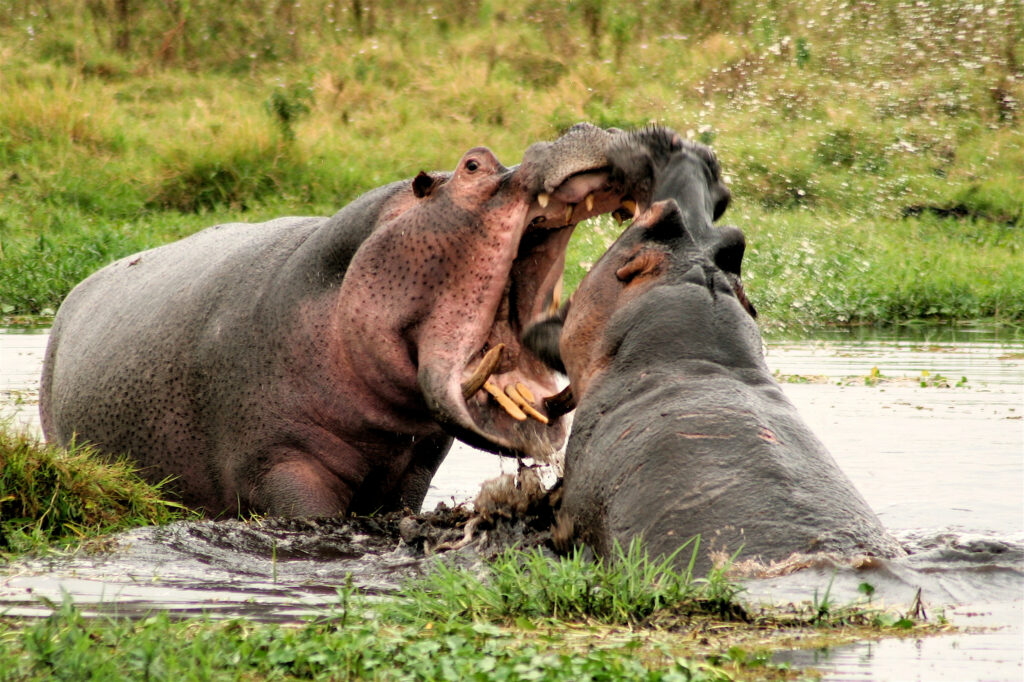
Figure 6.7: Competition between individuals of the same species is greater than competition between species from different populations.
This situation could potentially result in aggressive interactions (refer to Fig. 6.7). When one species emerges as dominant over another, it typically indicates superior adaptation to the specific habitat compared to the other species. However, there can also exist harmonious cooperation between species, which we term ‘symbiosis’. Parasitism represents a type of biological control wherein the parasite derives nourishment from the host without causing its demise; otherwise, it would lose its nutritional source.
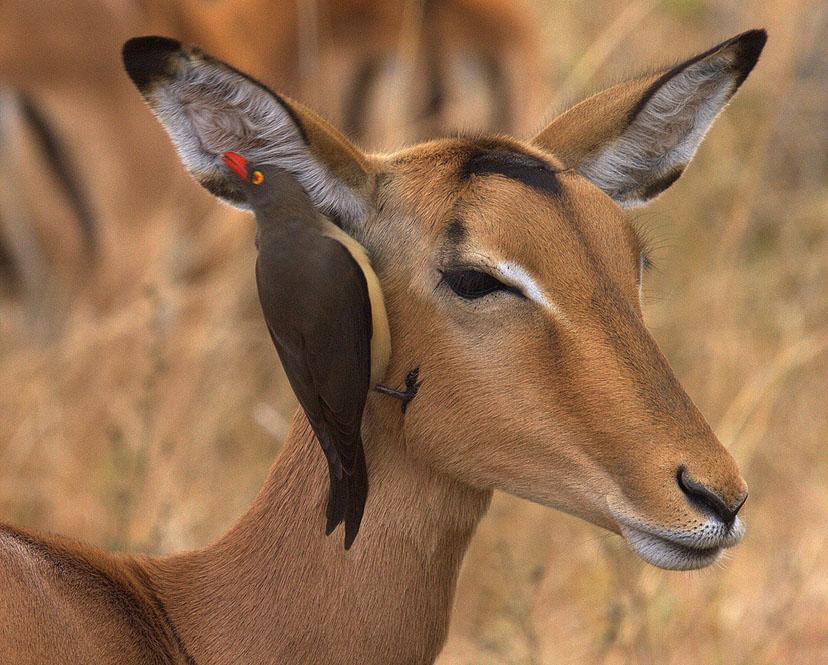
Figure 6.8: Oxpecker birds peck at parasites on the mammal’s body, thereby keeping the parasite load under control while obtaining an easy meal.
Herbivory occurs when an herbivore obtains energy and nutrients by consuming plants. Predation, on the other hand, involves animals consuming one another, embodying the adage “the bread of one is the death of the other.”
Within a community, competition among individuals of the same species often surpasses that between individuals of different species, as they vie for identical resources. For instance, when some game species are browsers and others are grazers, they do not directly compete. White rhinos and black rhinos can coexist in the same ecosystem without competing, as white rhinos primarily consume grass while black rhinos feed on leaves. Similarly, zebras feeding on coarse grass do not compete with springboks, which prefer softer grass species. Thus, it can be concluded that interspecies competition is typically less intense than intraspecies competition.
Now, let’s examine the impact of land use on the environment. The specific intended use of land or habitat determines its impact on the landscape or ecosystem. For instance, a game farm geared toward tourism aims to maximize the number of animals, necessitating additional water and forage to enhance carrying capacity. Conversely, if the purpose is trophy hunting, weaker animals may need to be culled to optimize the reproduction of superior wildlife stock. A farmer focused on meat production will approach veldt management and carrying capacity differently, often utilizing feedlots far removed from natural systems. Extreme examples like modern factory farming involve confining animals such as chickens and pigs in cramped quarters where they often cannot even turn around, and administering hormones to accelerate weight gain.
Thus humans have introduced artificial control mechanisms to regulate ecosystems and enhance the land’s carrying capacity.
In doing so, humanity has significantly diminished its reliance on nature’s inherent feedback systems. An artificial equilibrium has been established within environmental systems, requiring additional input of energy and matter beyond what natural processes provide. For instance, by supplementing water holes and fodder in nature reserves and game farms, we can support a larger population of wildlife. However, these artificial control measures have led to an unsustainable positive feedback loop.

Figure 6.9: If left unchecked, the volumes of waste generated in highly populated areas will clog up natural systems.
Civilizations can thrive in areas where population numbers far exceed the natural capacity of the land. Through the construction of dams and the cultivation of fertilized farmlands, large cities can sustain their growing populations. As urban populations expand, the demand for water and food increases accordingly. This creates a perpetual cycle wherein more resources are required to accommodate more people, perpetuated by human intervention to surpass natural limits. This manipulation of the environment comes at a cost to nature. Dams disrupt river flow, impacting associated ecosystems, while intensified agricultural practices, reliant on increased fertilizers and pesticides, degrade soil fertility over time. Thus, these actions create a feedback loop that ultimately diminishes the natural productivity of the land.
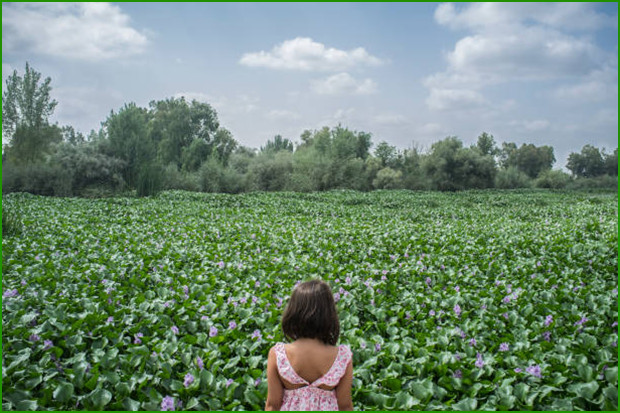
Figure 6.10: The proliferation of water hyacinths in a reservoir is attributed to eutrophication, caused by the influx of excessive nutrients from the surrounding farmland into the water body.
Given our finite resources, humanity must acknowledge its limited capacity for development, hence the analogy that we are “living in a spaceship economy.” We possess only a finite amount of resources, nothing more. In our efforts to provide sufficient food for an expanding human population, we are designating increasingly larger areas for agriculture. However, unsustainable practices in industrial farming, such as conventional ploughing, result in extensive erosion. Additionally, these methods disrupt the natural composition of organic compounds in the soil. Moreover, the widespread utilization of pesticides and genetically engineered crops is detrimental to insect populations and the ecosystems they inhabit.
It is imperative to develop agricultural methods that prioritize the restoration of soil health. For instance, regenerative agriculture focuses on returning extracted resources back to nature. After harvesting crops, it is essential to replenish organic matter in the soil. Cattle manure should replace the organic matter depleted by grazing. Soil management should involve minimizing disruption to the organic component by avoiding excessive plowing. By reducing the use of fertilizers and insecticides, practicing rotational grazing, and promoting biodiversity in crops and livestock, we can emulate nature’s principles.
As we continually seek ways to bypass and alter natural checks and balances to improve present living conditions, we inadvertently perpetuate long-term poverty for millions more people. The current trajectory of exploiting natural ecosystems to meet our escalating demands for energy, food, and material possessions is unsustainable. Without a shift towards sustainable practices, the prevailing trend of pursuing “more for all” will lead to a downward spiral, where progress halts due to ecosystem depletion.
As humans, we have failed to recognize the impact our actions have on the essential ecosystem services that support life. Regardless of how we choose to perceive it, the feedback mechanisms of nature ultimately affect us as well. In the mid-14th century, Europe was devastated by the Black Plague, resulting in an estimated 70 million deaths out of the 100 million people then inhabiting the earth. Today, we witness the effects of diseases such as Ebola, AIDS, and COVID on population numbers. Droughts in the early 1960s led to widespread starvation in Ethiopia and neighboring states. Currently, unprecedented high temperatures worldwide are leading to excessive wildfires and destruction.
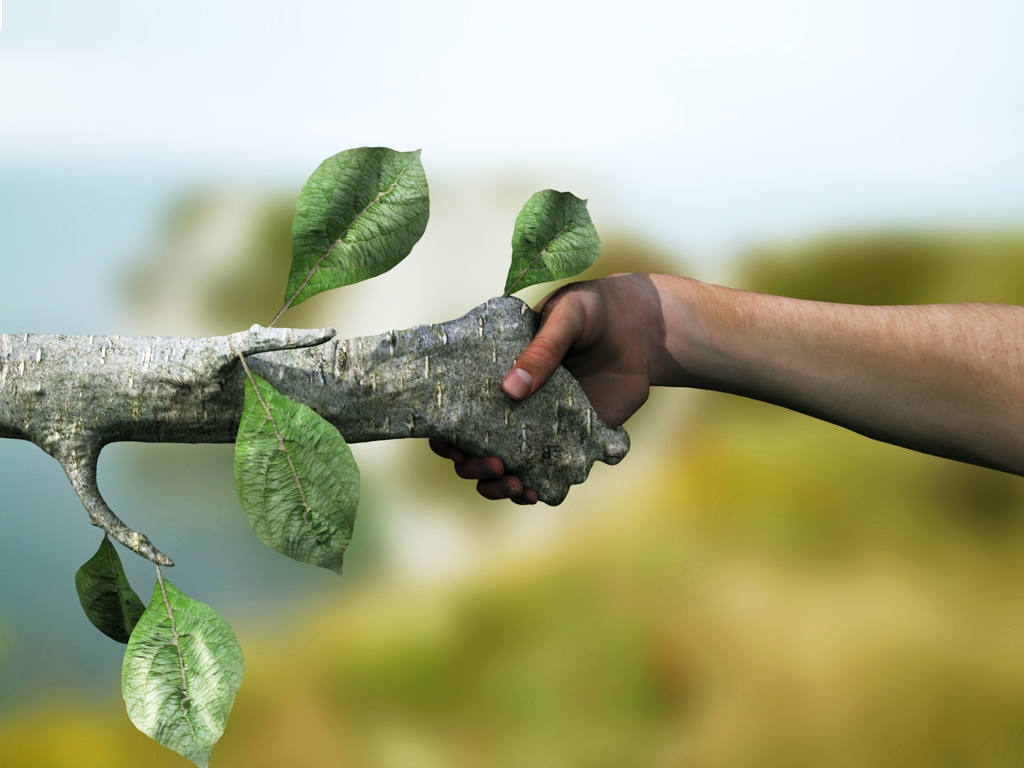
Figure 6.11: Do we as the human race have the socio-economic will and discipline to adopt a way of life that is in harmony with our natural resource base?
Rivers that were once perennial are now drying up, such as the once mighty Euphrates in the Middle East and the Colorado River in the USA. These and similar examples may be seen as typical ecological processes, where nature attempts to regulate human behavior and maintain balance with its supply of resources due to our failure to adapt to natural laws.
Nearly 50 years ago, aligning with the more recent theory of Ecological Intelligence, scientist James Lovelock introduced the Gaia hypothesis. This theory posits that Earth functions as a self-regulating super-organism. Lovelock predicted in 1965 that if we didn’t curb our impact on natural systems, the primary issue facing the world in 2000 wouldn’t be socio-political but rather environmental. Although initially dismissed by many scientists as “new age nonsense,” today the theory underpins much of climate science.
In conclusion, we now possess the scientific knowledge to pave the way for a sustainable future. The ultimate question remains: do we, as a human race, have the socio-economic will and discipline to embrace a lifestyle that harmonizes with our natural resource base? Only time can tell.
